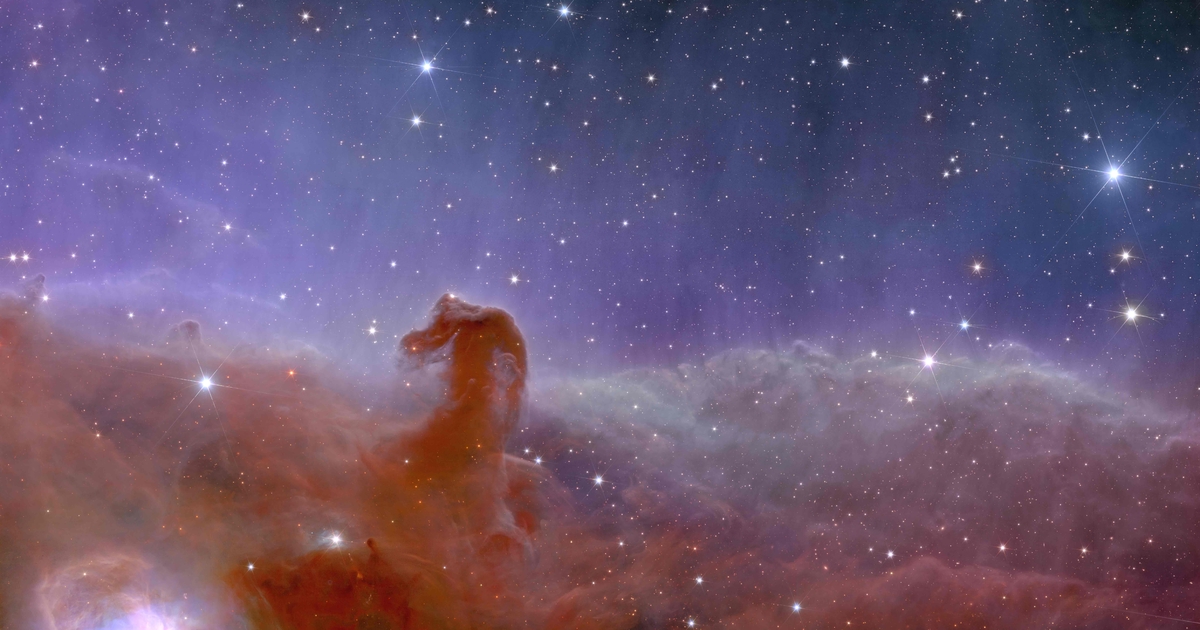A panoramic image of the Horsehead Nebula, also known as Barnard 33, within the constellation Orion © ESA/Euclid/Euclid Consortium/NASA, image processing by J.-C. Cuillandre (CEA Paris-Saclay), G. Anselmi, CC BY-SA 3.0 IGO
The European Space Agency’s (ESA) Euclid mission unveiled its first color images of the cosmos on Tuesday, November 7. And they are fascinating. “Never before has a telescope been able to create such sharp astronomical images over such a large portion of the sky and looking so far into the distant Universe“, announces the ESA, which sees a great promise for the future, that of creating the most complete 3D map of the Universe.
The Euclid mission, launched on July 1, aims to study how dark matter and energy allowed our Universe to form. “95% of our cosmos appears to be made up of these mysterious “dark” entities. But we don’t understand what they are, because their presence causes only very subtle changes in the appearance and movements of the things we can see“, explains the ESA. This is why Euclid will observe billions of galaxies over a distance of 10 billion light years over the next six years. Unlike the Hubble and James-Webb space telescopes, Euclid takes images at large field, which will allow it to carry out this mapping of the cosmos.
“Our high demands on this telescope have paid off: these images are so detailed thanks to a special optical design, perfect manufacturing and assembly of the telescope and instruments, as well as pointing and control. extremely accurate temperature“, said Giuseppe Racca, Euclid project manager at ESA, in a statement.
If we look in detail at the five photos (video above), we can discover the Perseus cluster. The photo shows its 1000 galaxies as well as many more distant ones (more than 100,000 in total according to the ESA). “This is the first time that such a large image has allowed us to capture so many of Perseus’ galaxies with such a level of detail. Perseus is one of the most massive structures known in the Universe, located “only” 240 million light years from Earth“, specifies the ESA. The other images show the spiral galaxy IC 342 or Caldwell 5, the irregular galaxy NGC 6822, the globular cluster NGC 6397 or the famous Horse’s Head nebula in the constellation Orion. the latter, scientists hope to find many planets of the mass of Jupiter, faint and never seen before.
Scientific operations should really start in January 2024. A first data catalog should be published at the end of 2025. All the images will not be as spectacular, but this first selection is in any case an invitation to interstellar travel.
